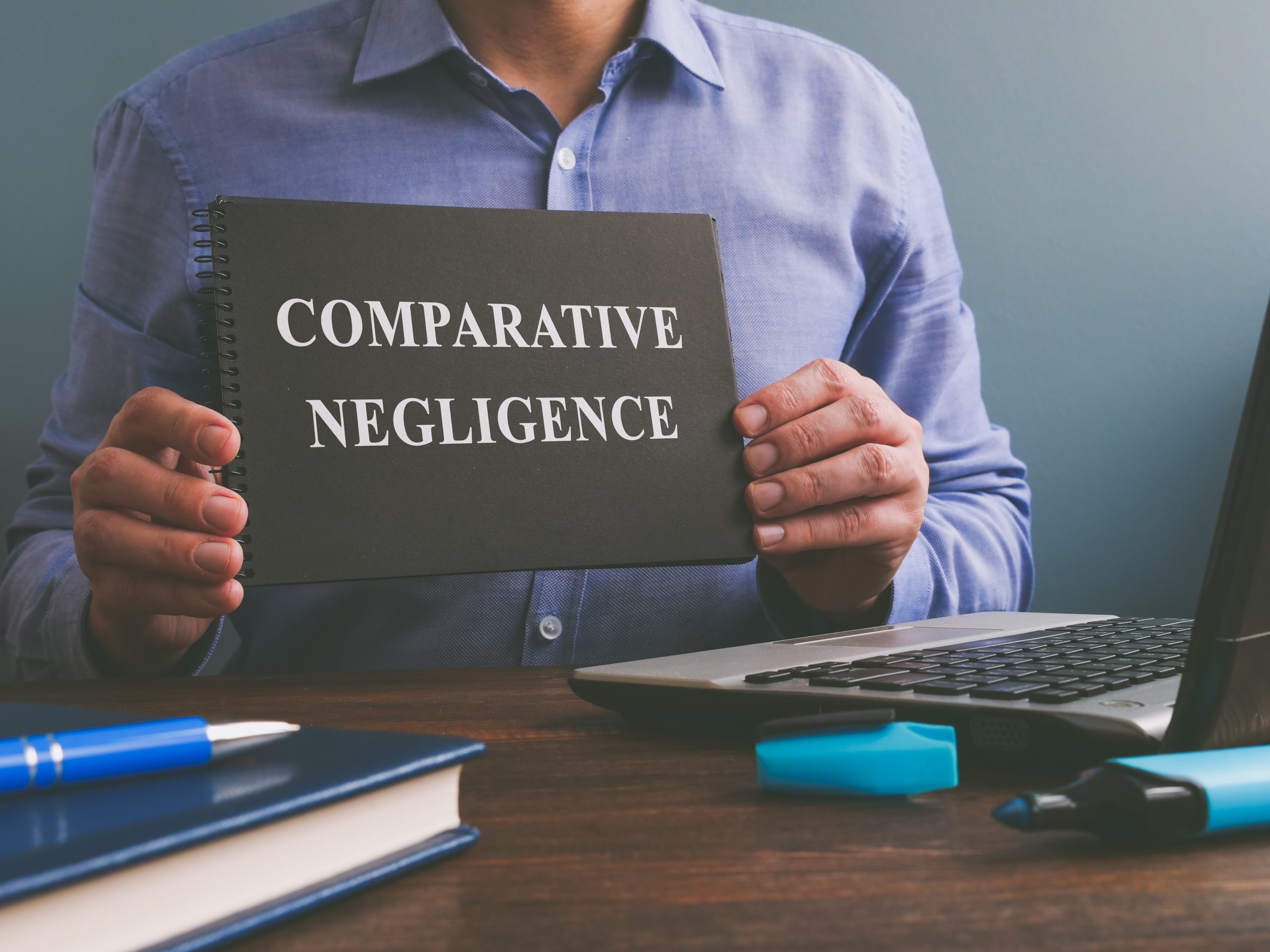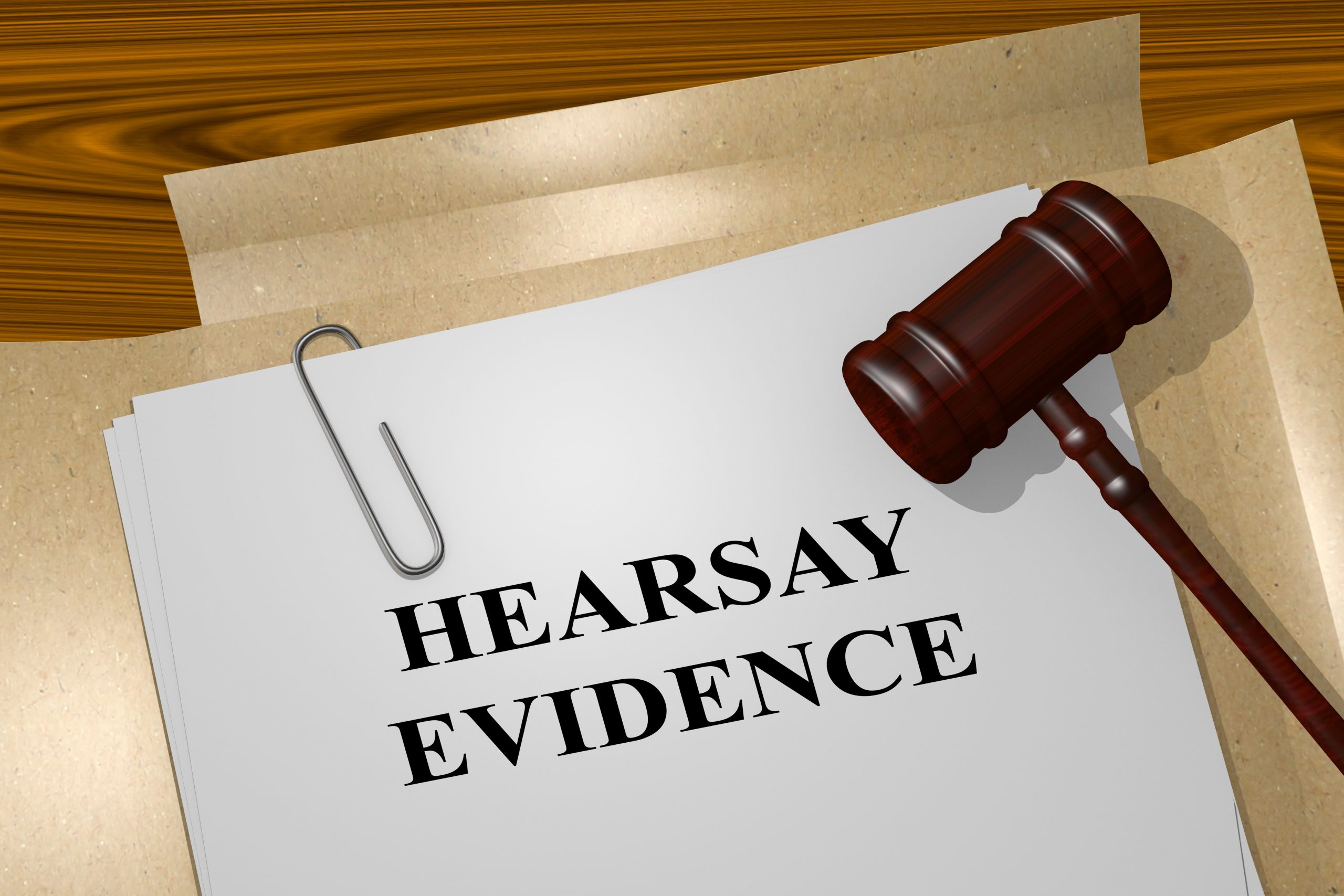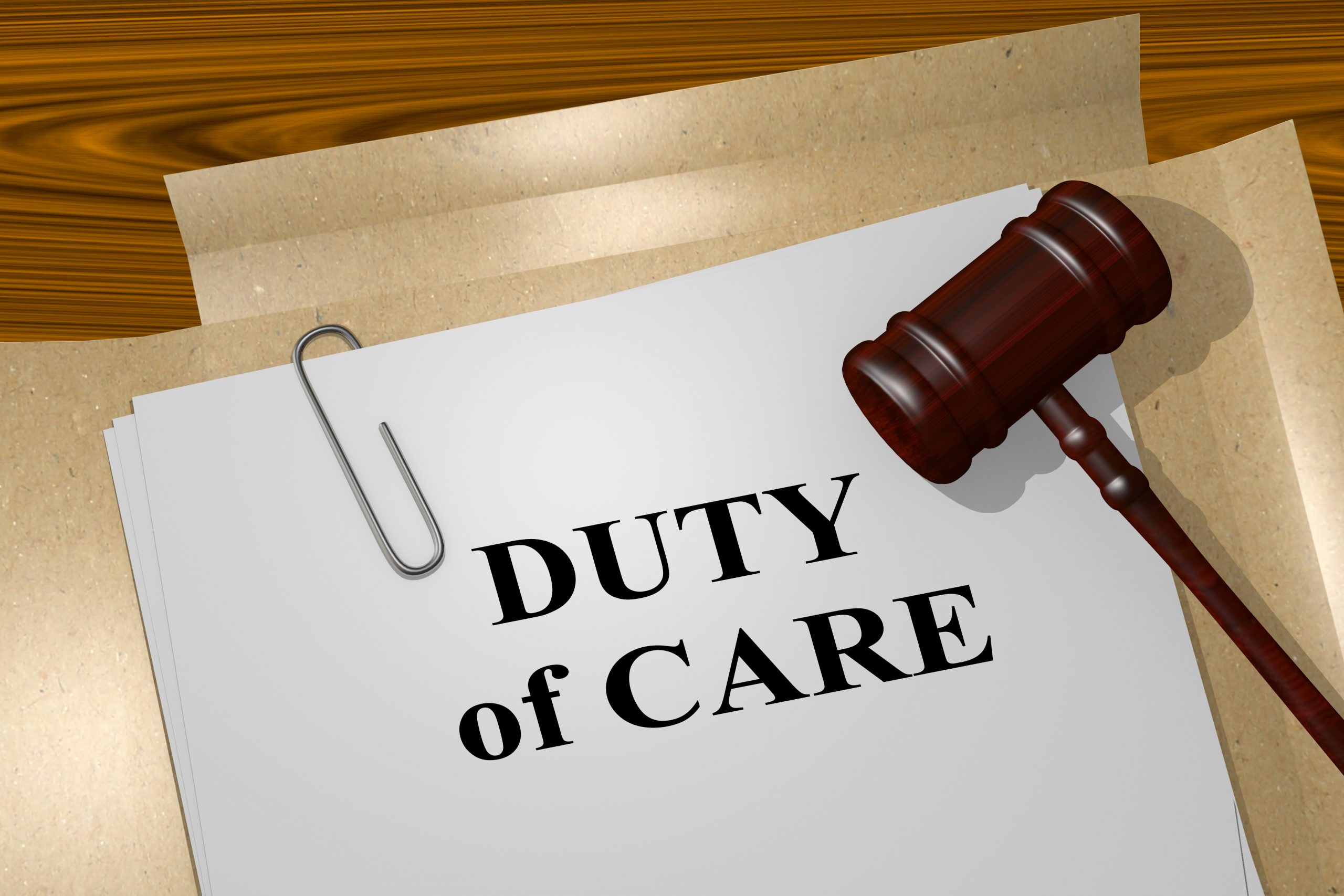Concussion Injury

A mild form of traumatic brain injury (TBI) that affects the regular functioning of your brain is called a concussion. Although doctors may describe concussions as “mild” because they are not typically life-threatening, victims can still suffer severe effects from this brain injury. Adverse impacts are generally temporary but often include problems concentrating, trouble remembering, and difficulties with balance or coordination. Concussions can also create acute chemical changes in the brain and sometimes elongate or damage vital brain cells. While anyone can suffer a concussion, data suggests that young children and the elderly have the highest risk.
The Most Common Causes Of Concussions
Concussions are often caused by a jolt, blow, or knock to the head or strike to the body that causes the victim’s brain to slam rapidly back and forth against the inner walls of the skull. Violent shaking of the head or upper body can also lead to a concussion. Any abrupt movement can cause a victim’s brain to twist or bounce around inside their head. Falls are by far the most prevalent cause of concussions. The unexpected acceleration or deceleration of the head resulting from personal injury accidents, such as car crashes, are likely to cause this type of head injury too. Concussions are widespread in contact sports, such as football, hockey, or soccer. According to estimates from the Centers for Disease Control and Prevention (CDC), up to 3.8 million sports and recreation-related concussions happen throughout the United States each year.
 Buffalo Personal Injury Lawyer News
Buffalo Personal Injury Lawyer News


 Liability in personal injury cases is often unclear and ambiguous. This is because a defendant may not be entirely responsible for the accident. It is not uncommon for plaintiffs to be partially at-fault too. Fortunately, victims may still be eligible to recover compensation for their damages even if they were partly to blame. When applying the legal doctrine of comparative negligence, also known as comparative fault, a plaintiff that contributed to their accident would still be awarded compensation for their damages. However, the total amount would be reduced based on their share of fault. Whether you have been hurt in a car crash, construction accident, slip and fall, or any other mishap, comparative negligence can significantly impact the compensation you obtain.
Liability in personal injury cases is often unclear and ambiguous. This is because a defendant may not be entirely responsible for the accident. It is not uncommon for plaintiffs to be partially at-fault too. Fortunately, victims may still be eligible to recover compensation for their damages even if they were partly to blame. When applying the legal doctrine of comparative negligence, also known as comparative fault, a plaintiff that contributed to their accident would still be awarded compensation for their damages. However, the total amount would be reduced based on their share of fault. Whether you have been hurt in a car crash, construction accident, slip and fall, or any other mishap, comparative negligence can significantly impact the compensation you obtain.  Suppose you or a loved one have suffered devastating injuries in an accident caused by someone else’s negligence. In that case, you must understand all of the legal options available to recover damages. Although accident victims have the right to take their injury claims to court under New York law, most lawsuits get settled without going to trial. Contrary to what most people think, only about 3 percent of all cases go to court.
Suppose you or a loved one have suffered devastating injuries in an accident caused by someone else’s negligence. In that case, you must understand all of the legal options available to recover damages. Although accident victims have the right to take their injury claims to court under New York law, most lawsuits get settled without going to trial. Contrary to what most people think, only about 3 percent of all cases go to court.  According to the Insurance Institute for Highway Safety (IIHS), in a recent year alone, there were over 1,040 motor vehicle crash-related deaths throughout New York State. Although defective vehicles and components commonly contribute to or significantly worsen many car accidents, most victims never even realize it. Collisions involving automobile defects are typically caused by dangerous vehicle designs, substandard components, and other manufacturing errors. All car designers and manufacturers have a legal duty to ensure their vehicles’ safety before marketing them to the public. This duty requires car makers to carefully inspect their vehicles for defects that could unnecessarily harm consumers. Unfortunately, some of the most prominent car companies fail to examine their vehicles adequately. Many manufacturers have even known about critical deficiencies but tried to conceal them from the public.
According to the Insurance Institute for Highway Safety (IIHS), in a recent year alone, there were over 1,040 motor vehicle crash-related deaths throughout New York State. Although defective vehicles and components commonly contribute to or significantly worsen many car accidents, most victims never even realize it. Collisions involving automobile defects are typically caused by dangerous vehicle designs, substandard components, and other manufacturing errors. All car designers and manufacturers have a legal duty to ensure their vehicles’ safety before marketing them to the public. This duty requires car makers to carefully inspect their vehicles for defects that could unnecessarily harm consumers. Unfortunately, some of the most prominent car companies fail to examine their vehicles adequately. Many manufacturers have even known about critical deficiencies but tried to conceal them from the public.  The spinal cord is a long, cylindrical pathway that connects your brain to your lower back. It is a delicate structure composed of vertebrae, discs, nerves, and other tissues. A spinal cord injury consists of any damage to a segment of the spinal cord or nerves at the end of the cauda equina. When part of the spine gets damaged, areas of the body below the site might not receive nerve messages and suffer changes in sensation, strength, and other critical body functions. According to the National Spinal Cord Injury Statistical Center (NSCISC), a recent estimate revealed that more than 17,800 victims suffer spinal cord injuries yearly. Approximately 294,000 individuals throughout the country are currently struggling with spinal cord injuries.
The spinal cord is a long, cylindrical pathway that connects your brain to your lower back. It is a delicate structure composed of vertebrae, discs, nerves, and other tissues. A spinal cord injury consists of any damage to a segment of the spinal cord or nerves at the end of the cauda equina. When part of the spine gets damaged, areas of the body below the site might not receive nerve messages and suffer changes in sensation, strength, and other critical body functions. According to the National Spinal Cord Injury Statistical Center (NSCISC), a recent estimate revealed that more than 17,800 victims suffer spinal cord injuries yearly. Approximately 294,000 individuals throughout the country are currently struggling with spinal cord injuries.  We have all heard stories about collisions involving motorists driving towards oncoming traffic in the wrong lane. Wrong-way car accidents occur when a car driving in an inappropriate direction strikes another vehicle. Typically, wrong-way car accidents result in head-on collisions. These car crashes occur more often than most people would think and usually bring about devastating injuries and deaths. In a recent 8-year period, nearly 3,900 fatal injuries were caused by wrong-way crashes.
We have all heard stories about collisions involving motorists driving towards oncoming traffic in the wrong lane. Wrong-way car accidents occur when a car driving in an inappropriate direction strikes another vehicle. Typically, wrong-way car accidents result in head-on collisions. These car crashes occur more often than most people would think and usually bring about devastating injuries and deaths. In a recent 8-year period, nearly 3,900 fatal injuries were caused by wrong-way crashes.  Certain deeds, papers, and writings must be notarized to qualify as evidence of the facts therein contained. To notarize a document, it must be signed and sworn in front of a public official called a notary public. In other words, a notary public serves as an impartial witness to execute acknowledgments on important documents requiring the administration of an oath. The general authority of a notary public is outlined in NY CLS Exec § 135. In New York, notaries must be commissioned by the Secretary of State. To become licensed, applicants must be a resident or have a place of business in New York State, be at least 18 years old, submit a completed application and pay the required fee to the Department of State, and pass the NYS Notary Public Exam. A notary public’s term of commission is four years.
Certain deeds, papers, and writings must be notarized to qualify as evidence of the facts therein contained. To notarize a document, it must be signed and sworn in front of a public official called a notary public. In other words, a notary public serves as an impartial witness to execute acknowledgments on important documents requiring the administration of an oath. The general authority of a notary public is outlined in NY CLS Exec § 135. In New York, notaries must be commissioned by the Secretary of State. To become licensed, applicants must be a resident or have a place of business in New York State, be at least 18 years old, submit a completed application and pay the required fee to the Department of State, and pass the NYS Notary Public Exam. A notary public’s term of commission is four years.  By definition, hearsay is any statement made outside of court but repeated at trial to support the legitimacy of the asserted matter. The hearsay rule regulates what evidence a judge or jury can take into account at trial and can apply to both oral testimony and written documents. When a witness obtains information from someone else but did personally observe the event, unless some exception applies, that witness cannot repeat what the other person told them. Instead, the witness’s testimony must be based upon their own experience, a first-person account. In personal injury cases, the hearsay rule often has profound implications on proving legal issues, such as negligence and damages.
By definition, hearsay is any statement made outside of court but repeated at trial to support the legitimacy of the asserted matter. The hearsay rule regulates what evidence a judge or jury can take into account at trial and can apply to both oral testimony and written documents. When a witness obtains information from someone else but did personally observe the event, unless some exception applies, that witness cannot repeat what the other person told them. Instead, the witness’s testimony must be based upon their own experience, a first-person account. In personal injury cases, the hearsay rule often has profound implications on proving legal issues, such as negligence and damages. To prove fault in most personal injury lawsuits, a plaintiff must show that the defendant was negligent. Victims have the burden of demonstrating four legal elements to prove negligence. The first element of negligence is the at-fault party’s duty of care. Typically, this is one of the easiest elements to prove because everyone has a basic obligation to avoid unnecessarily injuring others. The duty to act appropriately is relevant in almost every situation and is often assumed by being in another’s vicinity. In other words, you must implement the same degree of caution and consideration that a reasonable person would exercise given the same situation. Someone does not need to assume the duty of care to another party voluntarily. It can be imposed just by being in a specific place at a specific time.
To prove fault in most personal injury lawsuits, a plaintiff must show that the defendant was negligent. Victims have the burden of demonstrating four legal elements to prove negligence. The first element of negligence is the at-fault party’s duty of care. Typically, this is one of the easiest elements to prove because everyone has a basic obligation to avoid unnecessarily injuring others. The duty to act appropriately is relevant in almost every situation and is often assumed by being in another’s vicinity. In other words, you must implement the same degree of caution and consideration that a reasonable person would exercise given the same situation. Someone does not need to assume the duty of care to another party voluntarily. It can be imposed just by being in a specific place at a specific time.  If you have suffered severe injuries in an accident caused by someone else, it only seems fitting that the person or business should be held liable for your losses. Unfortunately, personal injury cases are not always as straightforward as most people think. While the victim has to prove that the other party was negligent, it is not uncommon to see the insurance adjusters or defense lawyers raise defenses. When certain defenses are successfully demonstrated, at-fault individuals may be able to wholly or partially avoid legal responsibility.
If you have suffered severe injuries in an accident caused by someone else, it only seems fitting that the person or business should be held liable for your losses. Unfortunately, personal injury cases are not always as straightforward as most people think. While the victim has to prove that the other party was negligent, it is not uncommon to see the insurance adjusters or defense lawyers raise defenses. When certain defenses are successfully demonstrated, at-fault individuals may be able to wholly or partially avoid legal responsibility.